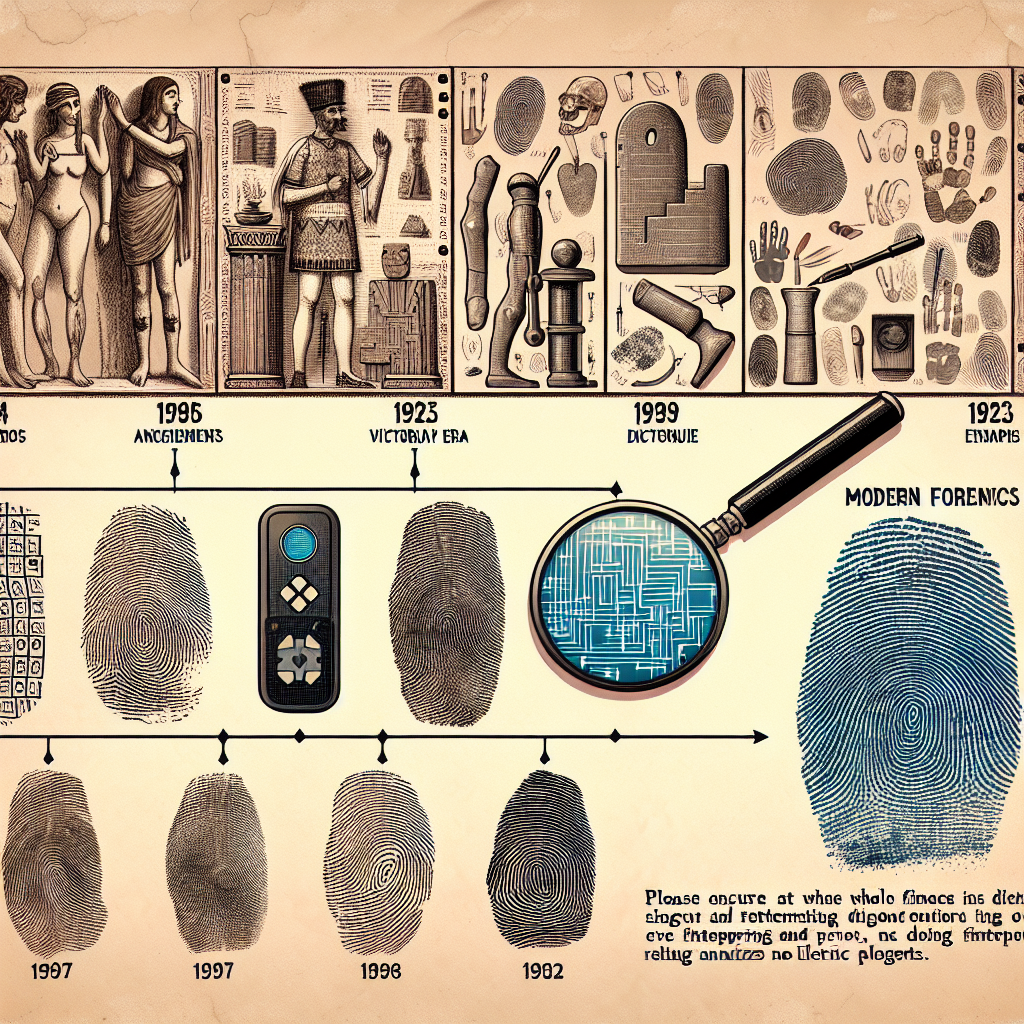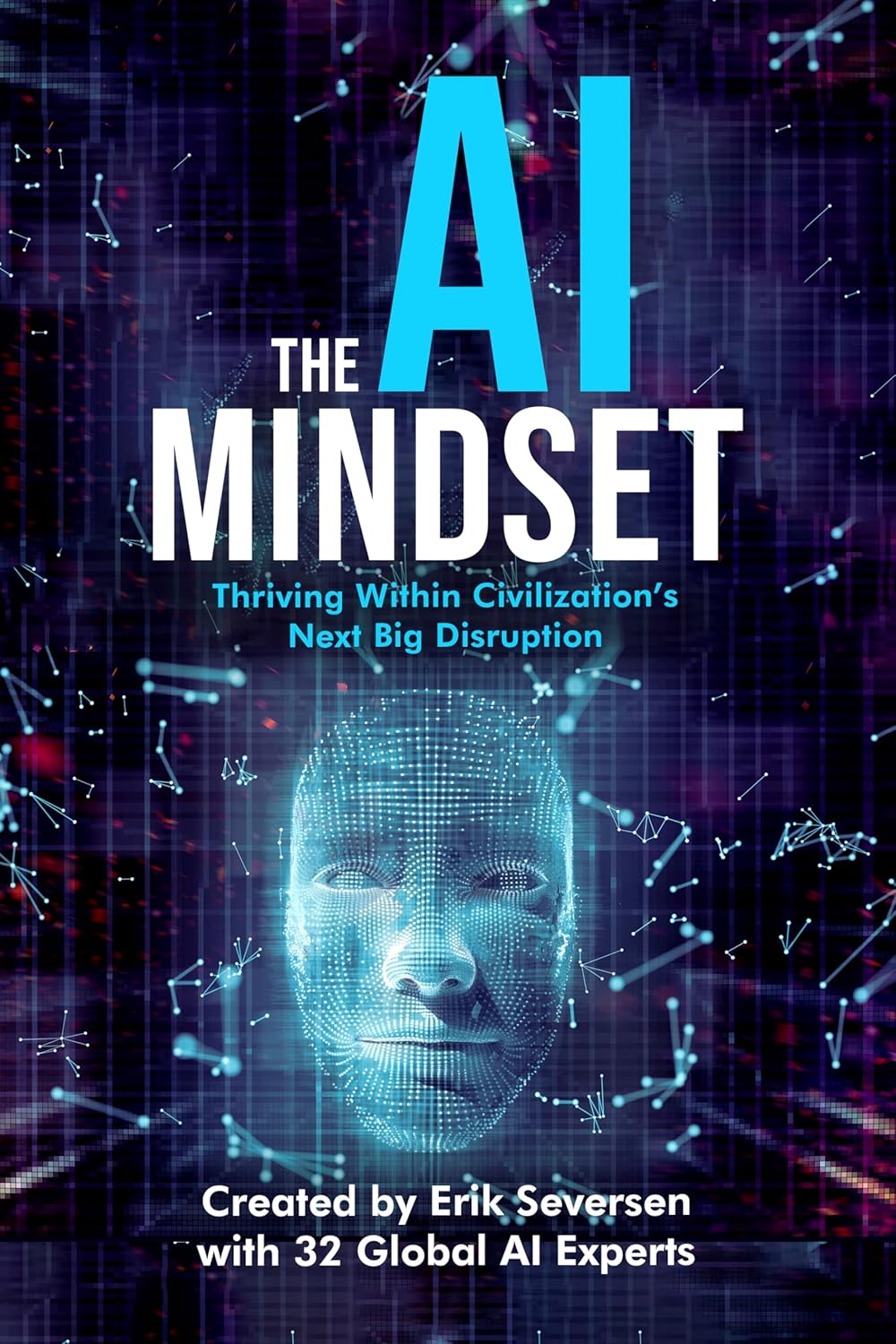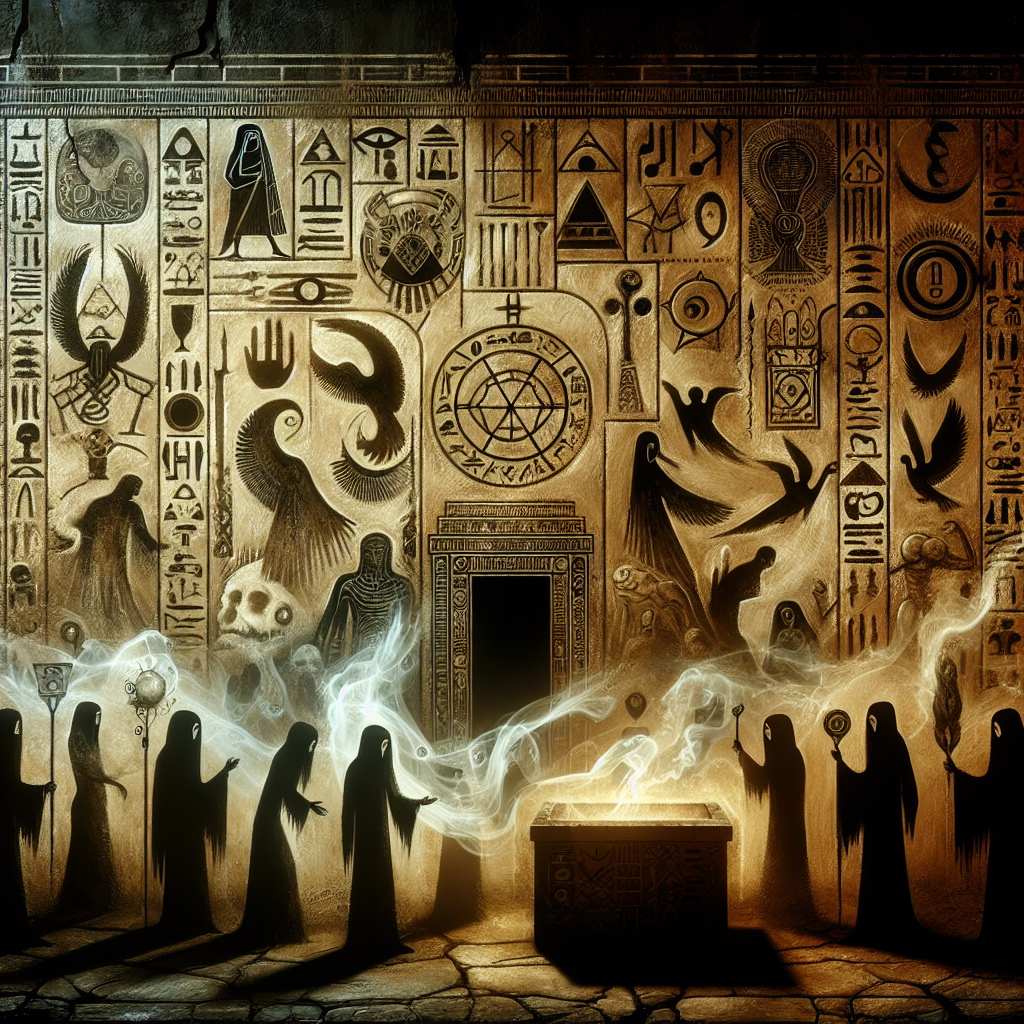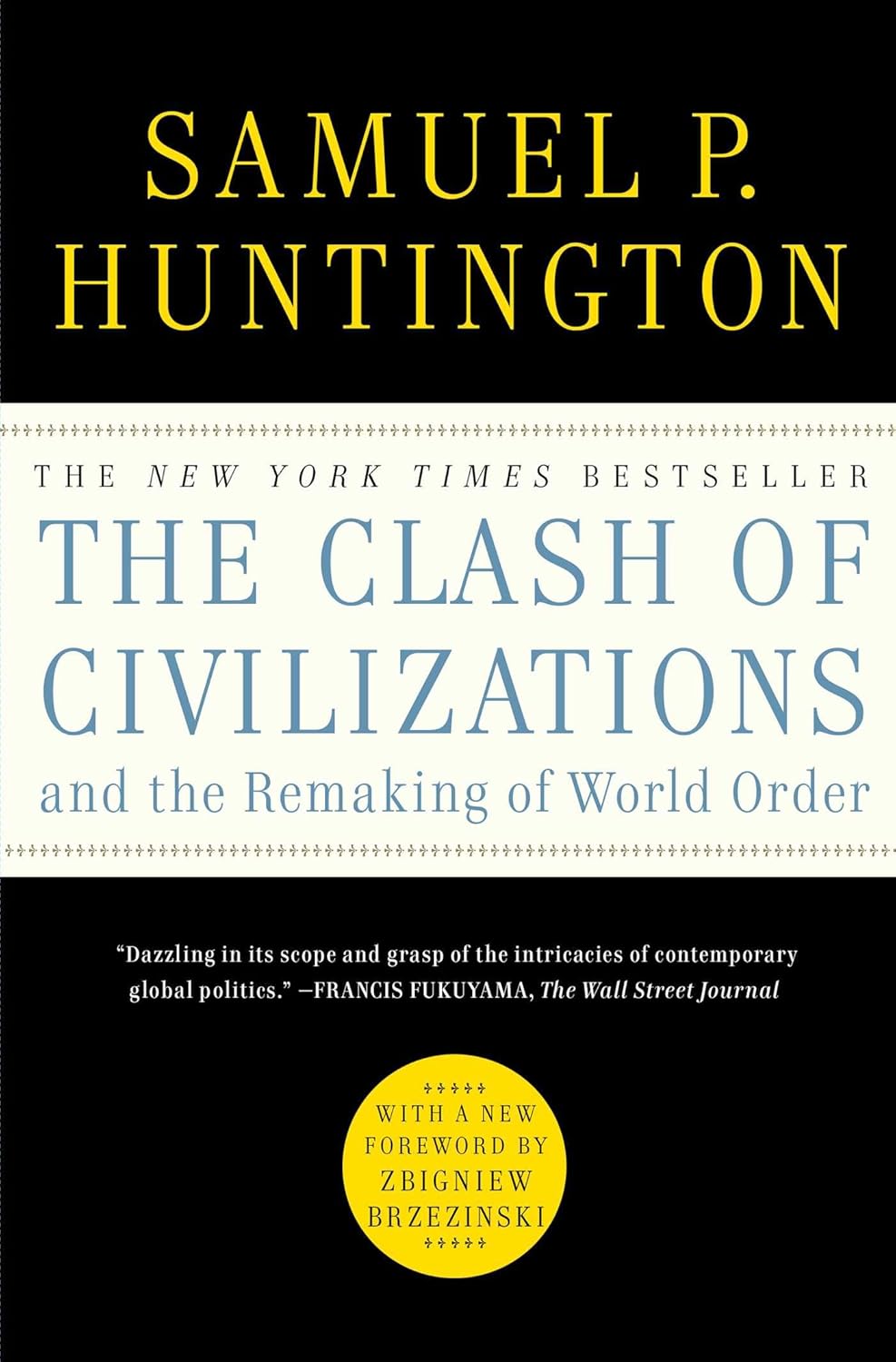Your cart is currently empty!
Tag: Civilizations

History and Evolution of Fingerprinting: From Ancient Civilizations to Modern Forensics
Fingerprinting is a widely used method of identification in modern forensics, but its origins can be traced back to ancient civilizations. The history and evolution of fingerprinting is a fascinating journey that showcases the development of this unique form of identification over centuries.The earliest recorded use of fingerprinting can be found in ancient Babylon, where fingerprints were pressed into clay tablets for business transactions. Similarly, in ancient China, thumbprints were used as signatures on legal documents as early as the 3rd century BC. The ancient Greeks and Romans also used fingerprints as a form of identification, often using them to seal important documents.
In the 19th century, the study of fingerprints gained significant momentum thanks to the work of Sir Francis Galton, a British scientist who is often referred to as the father of fingerprinting. Galton conducted extensive research on the uniqueness and permanence of fingerprints, laying the foundation for modern fingerprint identification techniques. In 1892, Juan Vucetich, an Argentine police official, became the first person to use fingerprints in a criminal investigation, successfully identifying a suspect based on his fingerprints.
The breakthrough in fingerprint identification came in the early 20th century with the development of fingerprint classification systems. The most widely used classification system, known as the Henry Classification System, was developed by Sir Edward Henry, an English police officer. This system categorizes fingerprints based on their unique characteristics, making it easier for forensic experts to match prints to individuals.
Today, fingerprinting is an essential tool in modern forensic science. Fingerprint databases are used by law enforcement agencies around the world to identify suspects, solve crimes, and exonerate the innocent. Advances in technology have made it easier and faster to analyze and compare fingerprints, increasing the accuracy and efficiency of the identification process.
The evolution of fingerprinting from ancient civilizations to modern forensics is a testament to the enduring value and reliability of this form of identification. As technology continues to advance, fingerprinting will likely remain a vital tool in the field of forensic science, helping to bring criminals to justice and ensure the safety of communities around the world.
#History #Evolution #Fingerprinting #Ancient #Civilizations #Modern #Forensics,fingerprint
The AI Mindset: Thriving Within Civilization’s Next Big Disruption
Price: $2.99
(as of Dec 24,2024 12:49:55 UTC – Details)From the Publisher






ASIN : B0D2N2J568
Publisher : Thin Leaf Press (December 11, 2024)
Publication date : December 11, 2024
Language : English
File size : 4352 KB
Simultaneous device usage : Unlimited
Text-to-Speech : Enabled
Screen Reader : Supported
Enhanced typesetting : Enabled
X-Ray : Not Enabled
Word Wise : Enabled
Print length : 438 pages
As we stand on the cusp of a new era dominated by artificial intelligence, it is essential for individuals to adopt the AI mindset in order to thrive within civilization’s next big disruption. AI has the potential to revolutionize every aspect of our lives, from the way we work and communicate to how we interact with the world around us.Embracing the AI mindset means understanding that the future will be driven by data, automation, and machine learning. It means being open to new technologies and adapting to the rapidly changing landscape of the digital age. Those who are able to harness the power of AI will have a competitive edge in their careers, businesses, and personal lives.
To thrive in this new era, individuals must be willing to continuously learn and upskill themselves to stay relevant in a world where AI is constantly evolving. They must be adaptable, resilient, and willing to embrace change. The AI mindset is about being proactive, innovative, and forward-thinking.
By adopting the AI mindset, individuals can position themselves to not only survive but thrive within civilization’s next big disruption. It is an exciting time to be alive, and those who are willing to embrace the opportunities that AI presents will be the ones leading the way into a brighter future.
#Mindset #Thriving #Civilizations #Big #Disruption
Necromancy in Ancient Civilizations: A Comparative Study
Necromancy, the practice of communicating with the dead to gain insight or knowledge, has been a part of human history for centuries. In ancient civilizations, necromancy was a widespread practice that played a significant role in religious and spiritual beliefs. This article will explore the practice of necromancy in three ancient civilizations – Egypt, Greece, and Mesopotamia – and compare their beliefs and rituals.In ancient Egypt, necromancy was closely tied to the worship of the god Osiris, the god of the afterlife and the underworld. The Egyptians believed that the dead could communicate with the living through rituals and offerings. Necromancers, known as “priests of the dead,” would perform elaborate rituals to invoke the spirits of the deceased and seek guidance or protection. These rituals often involved the use of incantations, spells, and offerings of food and drink.
One of the most famous examples of necromancy in ancient Egypt is the story of the magician Naneferkaptah, who used a magical spell to bring a dead man back to life. This story, found in the Papyrus Westcar, illustrates the belief in the power of necromancy to manipulate the spirit world for personal gain.
In ancient Greece, necromancy was practiced as a means of communicating with the spirits of the dead to gain insight into the future or to seek guidance in times of crisis. The most famous example of Greek necromancy is the Oracle of Delphi, where the priestess Pythia would enter a trance-like state and communicate with the spirits of the dead to provide prophecies and advice to those seeking guidance.
The Greeks also believed in the existence of the underworld, ruled by the god Hades, where the spirits of the dead resided. Necromancers, known as “necromanteion,” would perform rituals at sacred sites to communicate with the spirits of the dead and seek their wisdom and guidance.
In Mesopotamia, necromancy was practiced as a means of seeking protection from evil spirits and gaining insight into the future. The Babylonians and Assyrians believed in the existence of demons and evil spirits that could cause harm to the living. Necromancers, known as “asipu,” would perform rituals to communicate with the spirits of the dead and seek their help in warding off evil forces.
One of the most famous examples of Mesopotamian necromancy is the story of the goddess Ishtar, who descended into the underworld to seek the help of her sister Ereshkigal in reviving her lover Tammuz. This myth illustrates the belief in the power of necromancy to manipulate the spirit world for personal gain and to overcome obstacles.
In conclusion, necromancy was a common practice in ancient civilizations, where it played a significant role in religious and spiritual beliefs. The Egyptians, Greeks, and Mesopotamians all practiced necromancy as a means of communicating with the dead to gain insight, protection, and guidance. While the beliefs and rituals varied among these civilizations, the underlying belief in the power of necromancy to manipulate the spirit world remained consistent.

The Clash of Civilizations and the Remaking of World Order
Price: $16.99
(as of Nov 21,2024 21:12:04 UTC – Details)
ASIN : B000R1BAH4
Publisher : Simon & Schuster (May 31, 2007)
Publication date : May 31, 2007
Language : English
File size : 6765 KB
Text-to-Speech : Enabled
Screen Reader : Supported
Enhanced typesetting : Enabled
X-Ray : Not Enabled
Word Wise : Enabled
Print length : 370 pagesCustomers say
Customers find the book well-written, clear, and excellent. They also describe it as insightful, an important bridge of understanding, and compelling data. Readers say it provides an additional point of reference to their research on terrorists.
AI-generated from the text of customer reviews
In his groundbreaking book “The Clash of Civilizations and the Remaking of World Order,” political scientist Samuel Huntington argues that the world is no longer divided along ideological or economic lines, but rather along cultural and religious boundaries.Huntington contends that in the post-Cold War era, conflicts between different civilizations – such as Western, Islamic, and Confucian – will be the primary source of global conflict. He argues that these civilizations have different values, beliefs, and traditions that are inherently incompatible, leading to clashes and tensions.
According to Huntington, the West’s promotion of democracy and human rights may not be universally accepted by other civilizations, which may have different priorities and forms of governance. The rise of identity politics and the resurgence of religion in politics further exacerbate these divisions, leading to a more fragmented and polarized world.
While some critics have dismissed Huntington’s thesis as simplistic and deterministic, others have praised his insights into the complexities of global politics and the challenges of cultural diversity. Regardless of one’s position, “The Clash of Civilizations and the Remaking of World Order” remains a thought-provoking and influential work that continues to shape debates on international relations and the future of the world order.
#Clash #Civilizations #Remaking #World #Order
